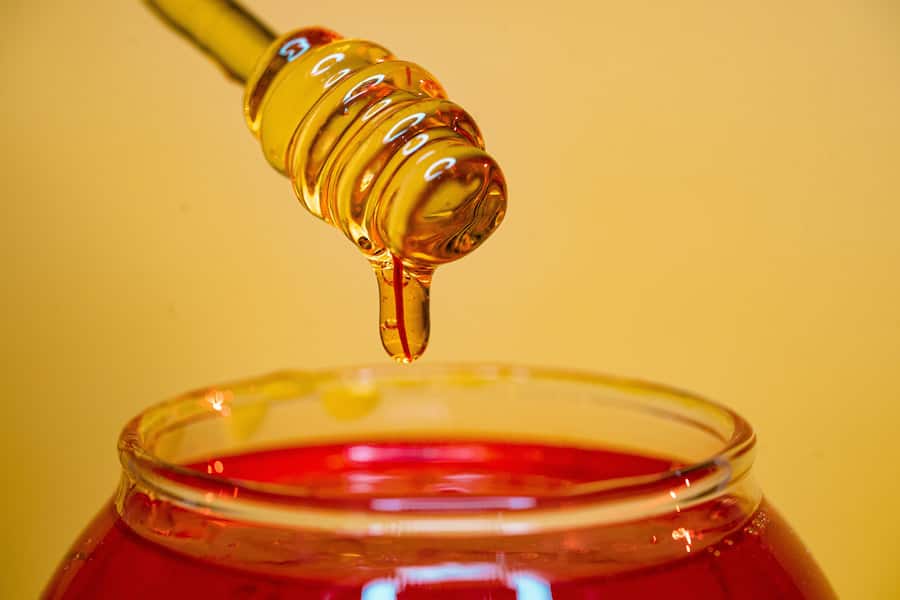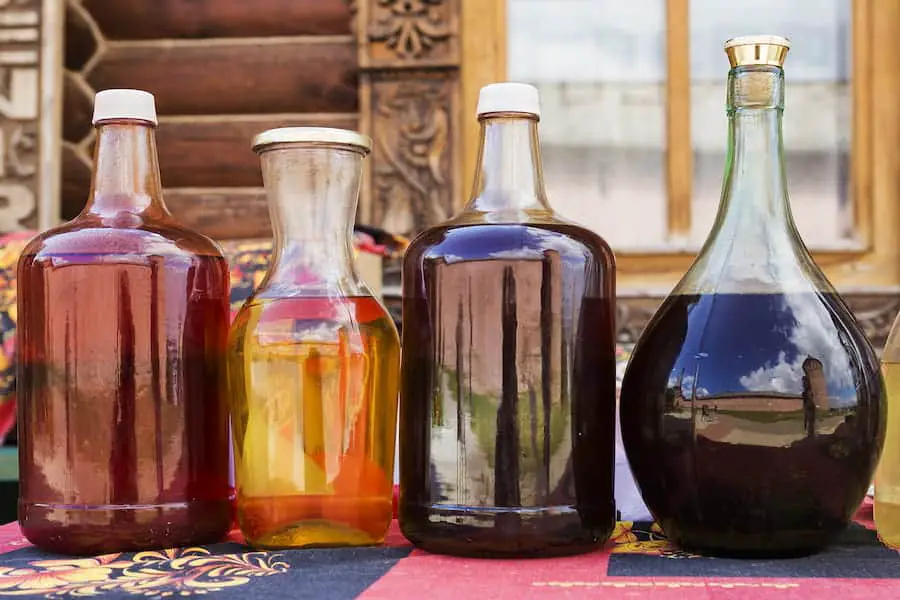If you buy something through a link in our posts, we may get a small share of the sale.
Back sweetening adds sweetness to the mead that has finished fermenting. If you add sugar in an active ferment, you may end up increasing the alcohol content of your mead instead of the sweetness. This article details all you need to know on how to back sweeten mead.
Contents
How to Back Sweeten Mead
If you know the fundamentals of homebrewing, preparing a delicious mead is not a difficult task. You need to avoid awakening the yeast and restarting the fermentation process. Below is a step-by-step guide on how to back sweeten mead and the types of sugars to use.

Preventing Restarting Fermentation
There are three methods to inhibit yeast activity in the mead. They include:
Filtering
Filtering involves pumping the mead through a filter pad, and you will need special filtering equipment to carry it out. The filtration value of the pad should be around 1 macron which is below the size of the yeast.
However, this method has increased the chances of pulling out some large molecules that help in adding flavor and color to your mead.
Stabilizing the Mead
Mead stabilization is a process that requires two chemical additives; potassium metabisulfite and potassium sorbate. If a small quantity of these two chemicals is stirred into the mead, they prevent the yeast from awakening and restarting the fermentation process.
These chemicals do not function immediately, so they should be added a day before back sweetening is carried out. For Potassium sorbate, you should use ½ tsp per gallon and ¼ tsp per 5 to 6 gallons for potassium metabisulfite.
The good thing is that these chemicals do not add any detectable flavors. Potassium metabisulfite is an allergen and should not be used by sensitive individuals as it can cause unpleasant symptoms such as lung irritation.
Pasteurizing
Pasteurizing the mead by heating kills the yeast, preventing them from reproducing and restarting the fermentation process.
Back Sweetening the Mead
First, assemble the following things:
- A clean and sanitized secondary fermenter container
- Honey
- Potassium metabisulfite or Potassium sorbate

Follow the step by step procedure below:
- Using Brewer’s elite hydrometer, ensure that the fermentation process is finished, then transfer the mead to a secondary fermenter.
- Add 1/2 tablespoon of potassium sorbate per gallon of mead to prevent further fermentation and stir it gently.
- Allow the mead to settle for two days.
- Add honey and stir it thoroughly. You should add it in small increments until you achieve your desired test preference.
Other Sugars You Can Use Beside Honey
Here are other types of sugars that can be used as honey substitutes when back sweetening.
- Maple syrup: Grade B maple syrup is high quality and an ideal option for back sweetening. It contains a more robust composition and ensures a delicious mead.
- Molasses: There are different colors of molasses, light, and dark. Darker molasses are the best because they ensure your mead has a strong flavor and aroma, unlike the lighter one, which offers a delicate complexity.
How to Store Mead After Back Sweetening
Unopened bottles of mead should be stored in a cool and dry place and away from sunlight. When storing it in the cabinet, ensure that it doesn’t contact sunlight to avoid messing with the flavors. This applies to both lighter and classic meads.
Classic meads have a high alcohol content, age slowly, and are preferable for long-term storage. If you’re planning to store one that is sealed with a natural cork for a prolonged period, make sure you store it on its side. This ensures the cork remains moist, enhancing its shelf life.
Due to the high alcohol content, classic meads do not require refrigeration after opening as the alcohol helps to preserve the alcohol naturally. However, this only applies if you plan to finish the bottle within a short period. To retain its great quality for a long time, store it in the fridge. Always make sure the cap or cork is on when not using the mead.

How Long Can Mead Last After Back Sweetening?
Many classic meads have an alcohol by volume value of around 15% to 18% and 6% to 12% for lighter meads. The more the alcohol by volume in mead, the more the stability and the longer it lasts.
An unopened bottle of mead can last for years and a few months once opened. However, if stored longer than that after opening, the mead becomes less tasty.
Although this depends on the brand you are taking, light mead tastes best for a short period. Some last for 24 hours only, while others go for up to seven days. Typically, the mead does not go bad after the recommended time, but it loses its flavors.
How Do You Know if Mead Has Gone Bad After Back Sweetening?
Both lighter and classic meads do not go bad quickly because it is unsafe for drinking. In most cases, meads spoil easily and become unsafe for consumption if they are homemade and the batch gets infected in the process. Signs that indicate a spoilt mead include:
- Cloudiness
- Color change
- Bitter flavor
- Unpleasant aroma
If mead remains in storage past the recommended shelf life, make sure you pour a small amount in the glass to find out whether it is still fresh to drink before discarding it. Keep in mind that sediment at the bottom of the bottle does not signify that your mead has gone bad.
In most cases, the sediment signifies re-fermentation or continuous fermentation. Re-fermentation is when fermentation that has stopped restarts again after mead is bottled. Continuous fermentation occurs when you bottle mead before fermentation is complete.
Keep in mind that pollen, protein, and other particles found in honey used when back sweetening can also cause sediment formation. Ensure you filter it off before consuming the mead if you observe any.

Frequently Asked Questions
Can I Back Sweeten Mead With Fruits?
Fresh fruits, specifically berries, can be added to mead to give it a sweet and natural fruity flavor. The best berries to use when back sweetening mead include; currants, raspberries, blueberries, strawberries, blackberries, and stone fruits.
Can I Chill a Back Sweetened Mead Before Drinking It?
The temperature of the mead before drinking it will depend on your taste and preference. However, lighter mead is tastier when served chilled, unlike classic mead, which can either be chilled or at room temperature.
Can Brown Sugar Be Used in Back Sweetening Mead?
Mead sweetened with brown sugar will have too many flavors, smells, and high gravity, and brown sugar is not recommended for back sweetening. However, it has many micronutrients that can enhance a healthy body.
Final Thoughts
One of the most important fundamentals when back sweetening is ensuring that the fermentation process is complete. With the above guide on how to back sweeten mead, you will have no trouble back sweetening mead and identifying the best sugar to use.

